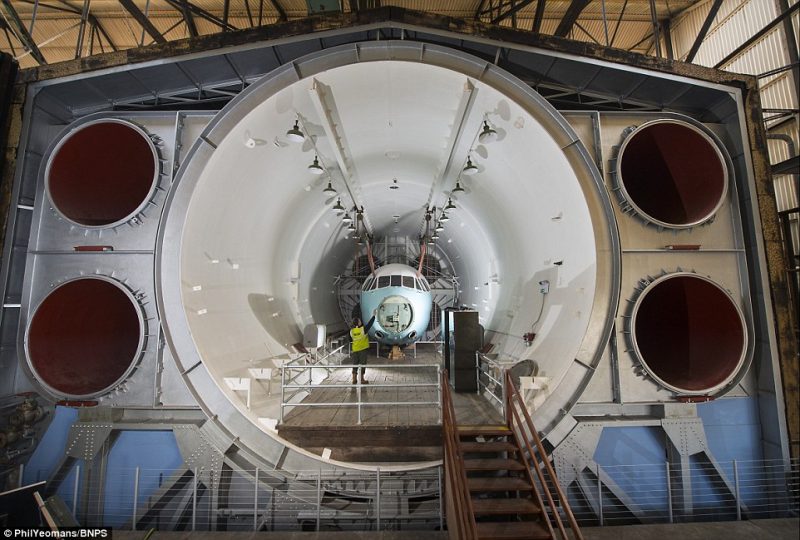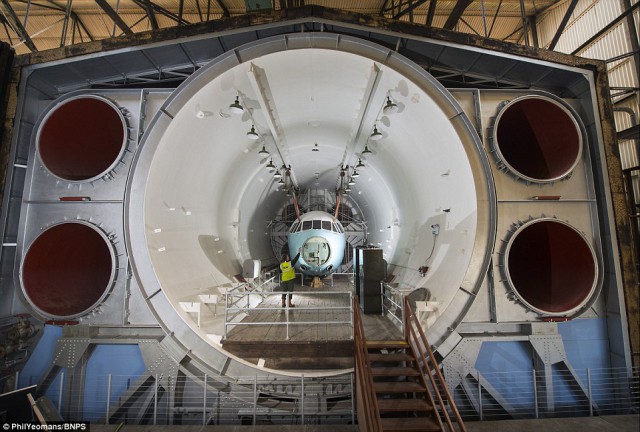Sir Arthur Harris, Commanding Officer of Bomber Command during World War II, referred to Sir Barnes Wallis as a genius. He was clearly one of Britain’s greatest design engineers of the 2oth century.
Sir Barnes is perhaps best known for conceiving the Ruhr Valley dam bomber attacks in 1943 that were made famous in the 1955 movie, The Dam Busters.
His ingenious bomb developed for these raids was a cylinder with a reverse spin that would allow the aircraft to escape safely while the bomb would skip along the surface of the water evading submerged torpedo nets. Upon reaching the target, the bomb would sink prior to exploding creating an underwater earthquake effect.
Operation Chastise as it was called went ahead the night of May 16, 1943. The Mohne and Eder dams were severely damaged causing an enormous flood of pent-up reservoir water to pour downstream. The third target, the Sorpe, was not successful with only one bomb striking the dam and failing to cause a breach.
Until it could be rebuilt, the loss of the reservoir was a serious blow to German manufacturing in the Ruhr Valley which required a large amount of water for steel production.
The Dam Buster idea started out as a long shot with much opposition from senior officials, but it was Sir Barnes’ very careful experimentation and testing which finally carried the day. His detailed films of laboratory tests, as well as half-scale trials with actual planes and simulated bombing runs at Chesil Beach in Dorset were critical in making his case.
He even tested his bouncing bombs by skipping marbles across tanks in his back yard.
A more sophisticated example of his prowess at testing and experimenting can be seen in the amazing Stratosphere Chamber.
At the end of the war, Sir Barnes returned to Vickers-Armstrongs as the Head of Research and Development. Under his leadership, the company was at the cutting edge of aeronautical engineering. In order to conduct his research, his team constructed the Chamber which was the largest in the world at that time at almost 20,000 square feet in size, the Mail Online reports.
It was constructed near the famous Brooklands motor racing and aerodrome near Weymouth in Surrey. The Brooklands Museum has recently opened the facility so the public can explore this fascinating relic of engineering innovation. Since 1980, it had been mothballed, but during its heyday in the 50’s and 60’s, it was an epicentre of aeronautical and other types of research and development.
As the Cold War became the new challenge, the Chamber was used to simulate impacts on aircraft travelling at 70,000 feet which was the target altitude for Sir Barnes’planned new supersonic plane. By building a large refrigeration plant, the Chamber was able to supply extremely cold liquid methane at each of the four corners of the facility. It was an immense enough facility that even the largest fuselages and cockpits could be accommodated. It was sophisticated enough to test impacts at temperatures as low as -60C and at an air density one-twentieth of that which is found at ground level. With its extreme cold capacity, the Chamber was also able to experiment with naval guns operating in frigid conditions, as well as fishing vessels operating in blizzards in the North Sea.
The once secretive Chamber will surely become an intriguing point of interest to visitors at the Brooklands Museum and a fine testimony to one of Britain’s engineering geniuses, Sir Barnes Wallis.

